Every once in a while you come across a recipe that simply urges you to try it right away and impresses you beyond your expectations. Well, this is one such recipe. I have been so apprehensive about trying out any kind of breads. I have over the past two years tried my hand at several types of breads and none of them have impressed me. A few flops later I vowed never to try my hand at breads ever again. This despite the fact that the whole purpose of buying a big oven after we moved to this place was to be able to make all kinds of breads like the baguette for example. The husband has been yearning for breads actually. So much that we picked a book on breads on our recent trip to Mangalore. Along with this book I had also bought a tiny book called Coffee, 100 Everyday Recipes. the Everyday Recipes series is my favourite and I have several other books from which I have tried numerous recipes.
I am a happy person when recipes keep their promise. I mean who wants a waste of ingredients, time and patience right? I was particularly keen to try out this recipe from the book and I had a gut feeling that it would not flop. And it didn't! Infact, I was pretty pleased with the way the sticky flour mixture was magically turning into a smooth dough and then the joy of seeing it double is something else! The joy of playing around with yeast I must say.
Very rarely do I cook and blog on the same day as it involves many lengthy processes which can be very tiring for a mother of two. From measuring out the ingredients to baking, plating, styling, clicking, writing and editing its a whole gamut of things. But then there are those gems which must be shared on the same day. I bombarded my bunch of friends on whatsapp with the before and after pictures of these rolls and loved the oohs and aahs that I got showered with.
The best part about baking bread is watching the 'science' transform itself into something so poetic. Poetry and romance that is so edible. I know this sounds like nonsense :-) but I think you must start baking breads to fall in love with it. I have been bitten and smitten by the love bug for sure and I am not stopping at this. From now on I will try my hand at making at least one bread recipe once a week. There is so much out there to learn and life's too short.
So here you go, very soft and delicious cinnamon pull apart rolls...if you don't like cinnamon feel free to skip it or replace it with (very little) nutmeg or mixed spice powder. If you are a lover of strong coffee, add a little extra coffee. If you want to make this for kids then go right ahead and skip the coffee and sugar. Infact replace the filling with Nutella or any other nut butter of your choice. I am yet to try out a savoury version of this. Will let you know how it turns out. For now...here goes! Enjoy
Cinnamon Coffee Rolls![]()
Prep time: 3 hours approx | Baking time: 18-20 mins | Yield: 9 big pull apart rolls
Ingredients:
For the rolls:- 450 grams / 1 lb all purpose flour (maida) plus extra for dusting
- 1/4 teaspoon salt
- 1-1/2 teaspoons easy-blend dried yeast (I used DCL instant dried yeast) * see notes
- 40 grams/ 1-1/2 oz caster sugar
- 55 grams / 2 oz butter, melted, plus extra for greasing
- 1 egg lightly beaten
- 200 ml / 7 fl oz lukewarm milk
- oil for greasing
- 115 grams / 4 oz icing sugar mixed with 3-4 teaspoons water to make a smooth icing paste * see notes
For the filling:- 40 grams / 1-1/2 oz butter, softened at room temperature
- 50 grams / 1-3/4 oz soft dark brown sugar
- 1-1/2 teaspoon instant coffee powder (if you are using large granules, powder them)
- 1/2-3/4th teaspoon cinnamon powder *see notes before you proceed
Method:1. Sift the flour and salt into a large bowl. Stir in the yeast and caster sugar and make a well in the centre
2. Beat the egg, butter and milk together in a jug or bowl and pour this mixture into the well and mix to make a smooth dough.
3. Sprinkle flour on a clean working surface/kitchen counter and tip the dough over it. Knead using the heel of your palm for 5-6 minutes until it turns nice and elastic. While kneading stretch the dough against the surface - this helps it turn elastic. Dust with extra flour if the dough seems too sticky and knead it into a smooth ball.
4. Place the ball of dough in a lightly oiled large bowl. Cover with a lightly oiled cling film (plastic wrap). Keep in a warm place for about 1-1/2 hours or till the dough doubles in size.
5. Grease a 9 inch square pan with butter. To prepare the filling, mix the brown sugar, instant coffee powder and cinnamon in a bowl. Keep the softened butter ready in another bowl
6. When the dough has doubled in size tip it onto a floured surface and lightly knead it for a minute. Roll out into a 30 cm/12 inch square. Make sure the surface of the rolled out square is even. It doesn't have to be a perfect square.
7. Now spread the softened butter evenly over the surface of the rolled out dough. Scatter/sprinkle the sugar+coffee+cinnamon mixture over it to cover the entire surface.
8. Now starting from the side opposite to you roll the dough firmly into a log. Using a sharp knife cut the log into 9 equal pieces.
9. Place the pieces, cut side facing upwards into the greased baking pan. Leave spaces around each roll as they will double in size.
10. Cover the pan with a lightly oiled cling film and place it in a warm place again till it doubles in size about 35-40 minutes.
12. When the rolls have doubled up, preheat the oven at 200 degrees C and bake for 18-20 minutes or until risen and golden.
13. Once out of the oven brush the rolls lightly with milk so that they don't turn very crusty and hard upon cooling. Place the pan to cool outside for 10 mins and then invert onto a wire rack.
14. When the rolls are still warm drizzle the icing sugar glaze over them.
15. Pull apart to serve. They taste great with coffee, milk or just as they are!
Notes:1. Instant dried yeast does not require activation in warm water unlike regular active dried yeast. Instant yeast is available in small sachets. I bought my stock from Lulu Hypermarket.
2. Since I didn't want very sweet rolls I reduced the icing by half the quantity. If you like mildly sweet rolls use just 50-55 grams of icing sugar and 1-2 teaspoons of water to make a paste. If you like the rolls sweeter you can make extra paste again after tasting a roll.
3. The recipe called for 1 teaspoon cinnamon powder, instead, I substituted it with 1 teaspoon unsweetened cocoa powder (to give that extra colour to the filling) and just a big pinch of cinnamon powder as my family doesn't like the aroma of strong cinnamon. If you like, substitute the cinnamon with a little nutmeg but not too much.

+-1.jpg)
+-+1.jpg)
%2B-1.jpg)
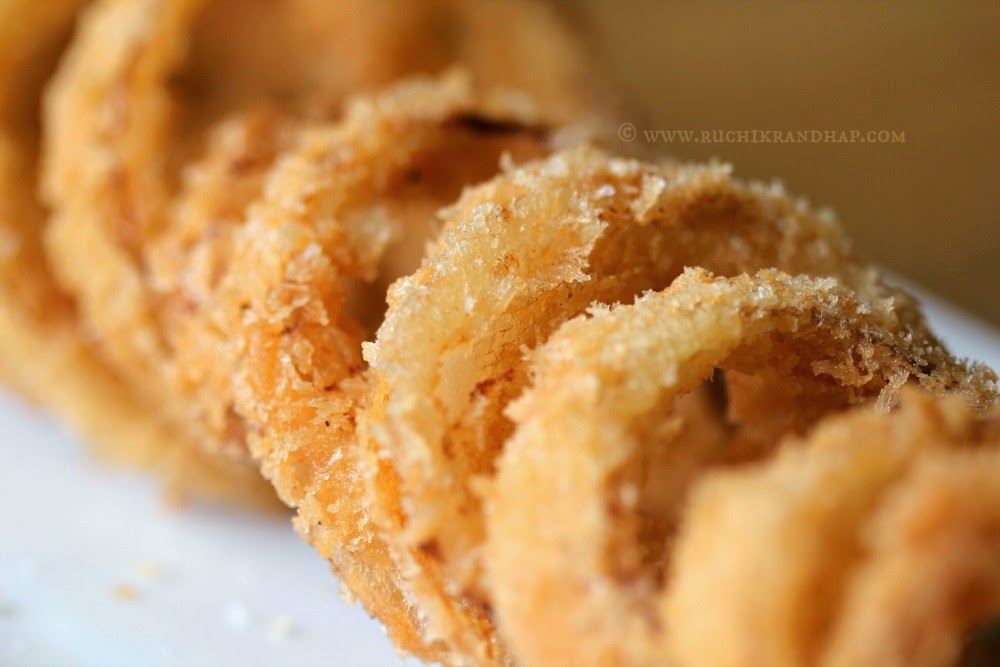%2B-%2B1.jpg)
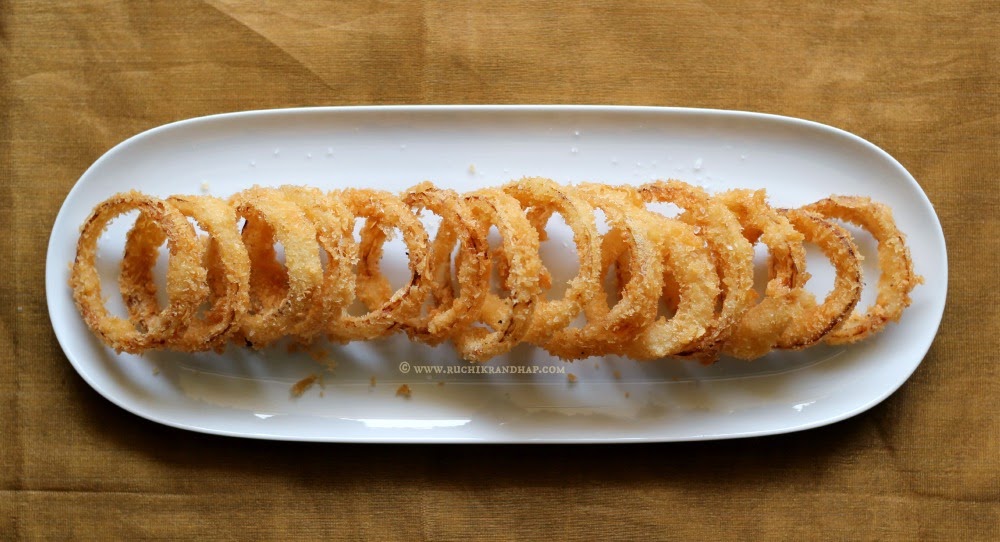%2B-%2B1.jpg)
%2B-%2B1.jpg)
%2B-%2B1.jpg)
%2B-%2B1.jpg)
%2B-%2B1.jpg)
-%2B2.jpg)
%2B-%2B1.jpg)
%2B-%2B1.jpg)
%2B-%2B1.jpg)


%2B-%2B1.jpg)
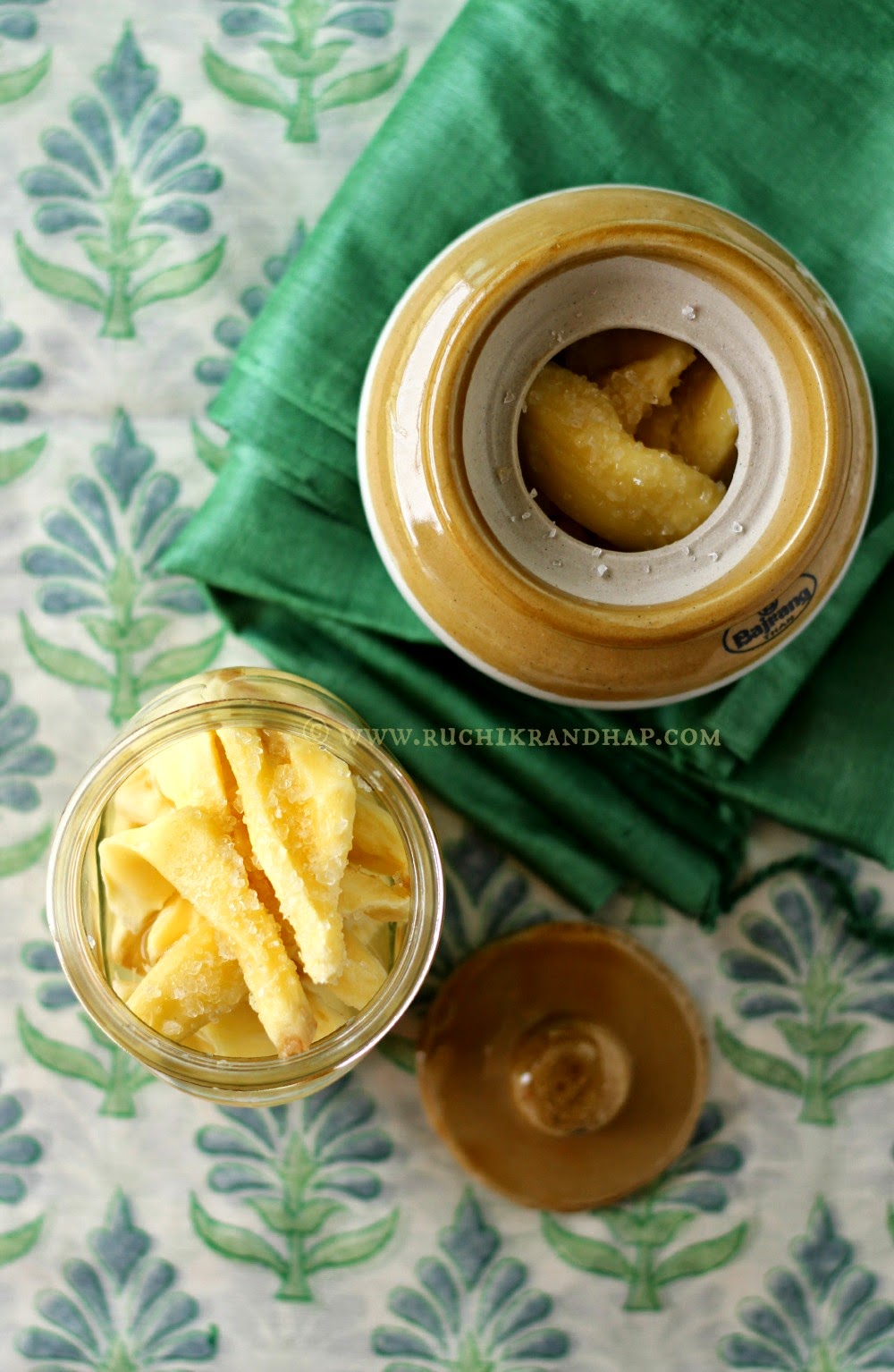%2B-%2B1.jpg)
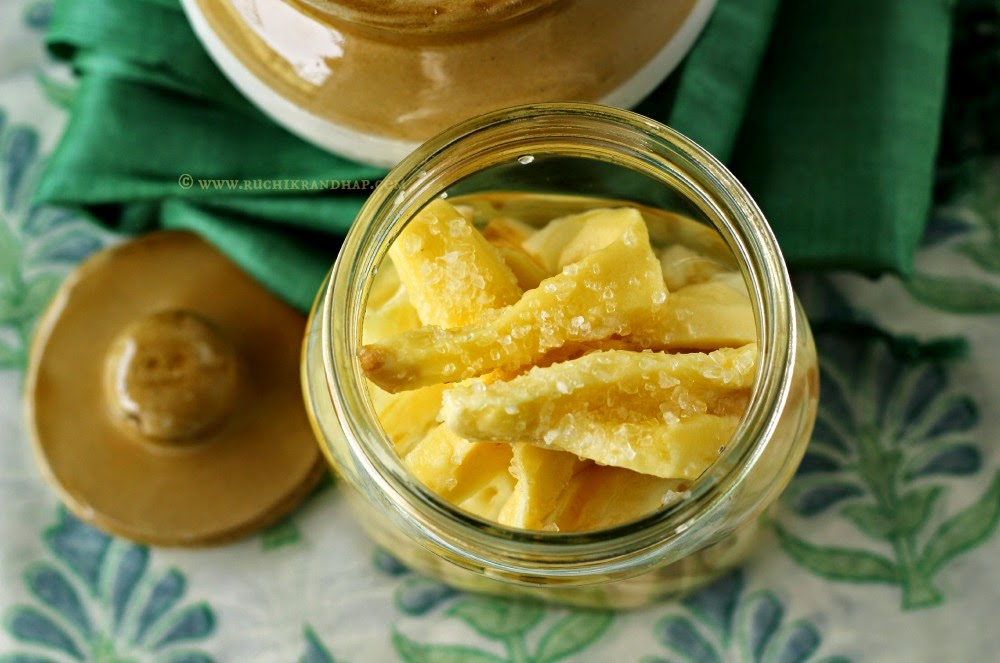%2B-%2B1.jpg)
%2B-%2B1.jpg)
%2B-%2B1.jpg)
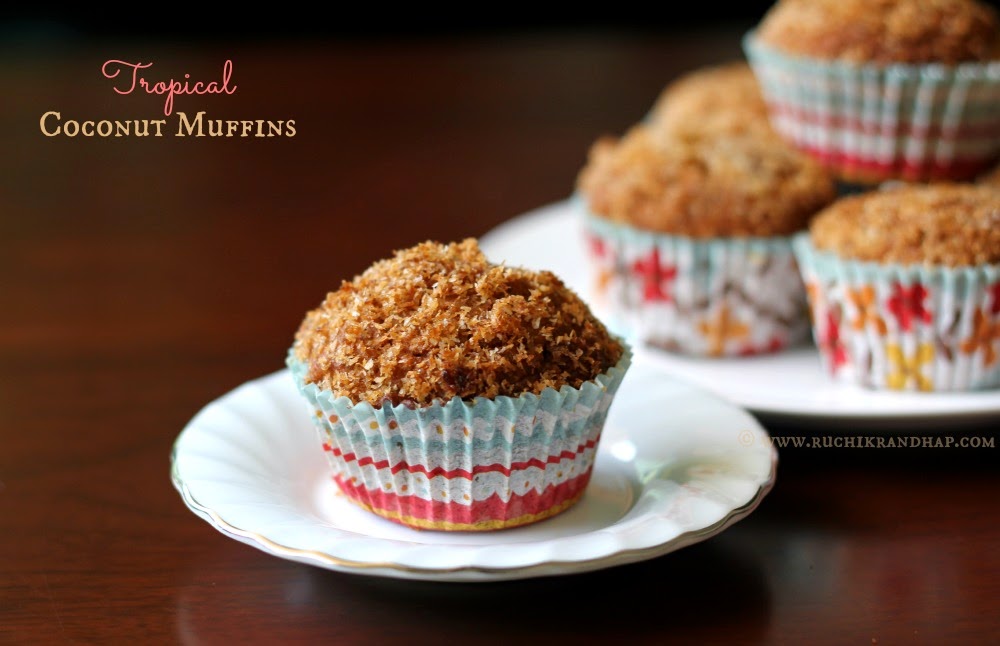%2B-%2B1.jpg)
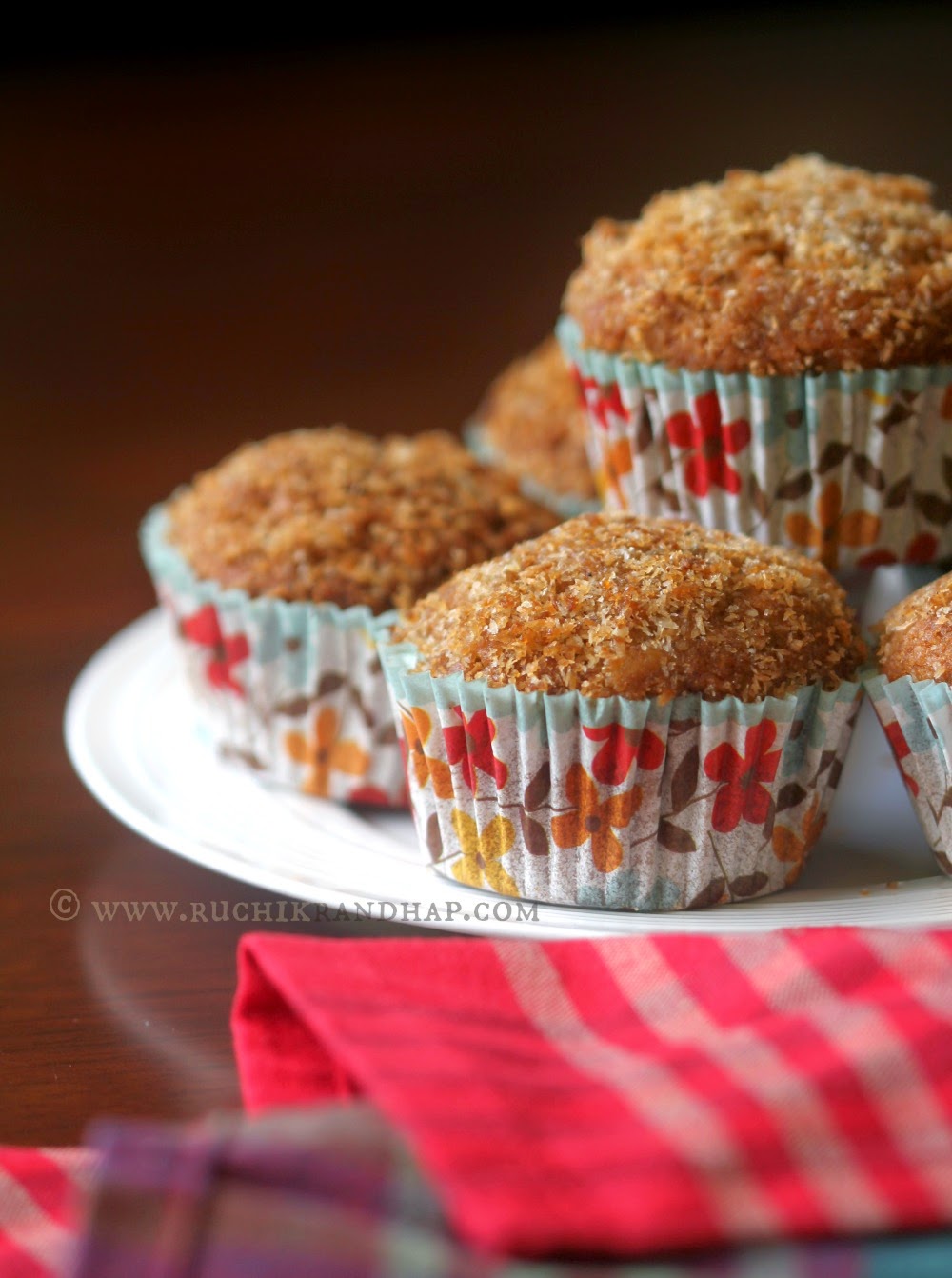%2B-%2B1.jpg)
%2B-%2B1.jpg)

%2B-1.jpg)




%2B-%2B1.jpg)
%2B-%2B1.jpg)
%2B-%2B1.jpg)
%2B-%2B1.jpg)
%2B-%2B1.jpg)

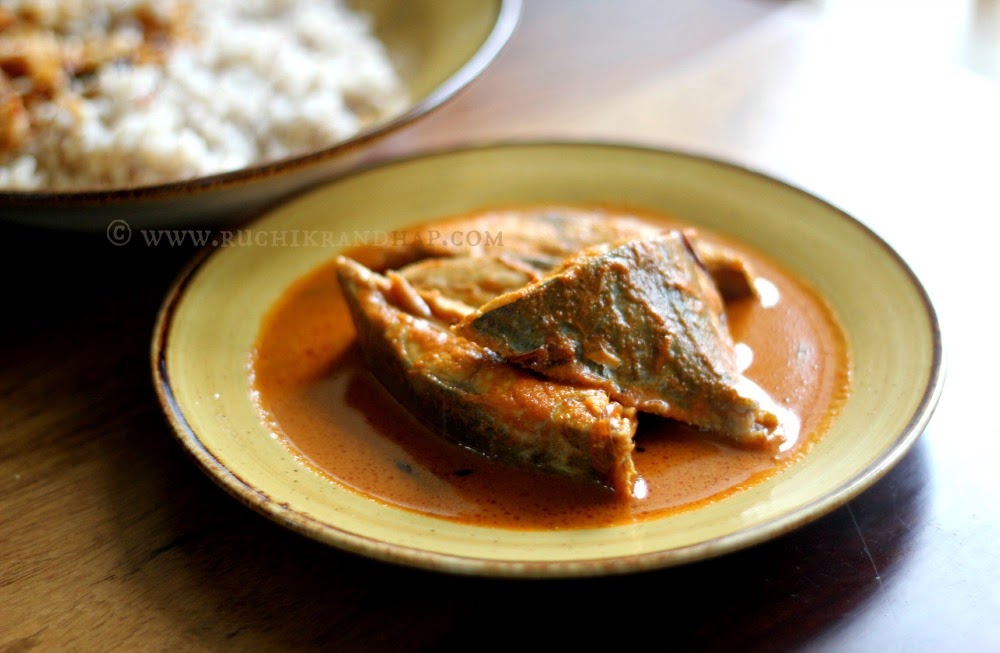%2B-%2B1.jpg)
%2B-%2B1.jpg)
%2B-%2B1.jpg)
%2B-%2B1.jpg)
%2B-%2B1.jpg)
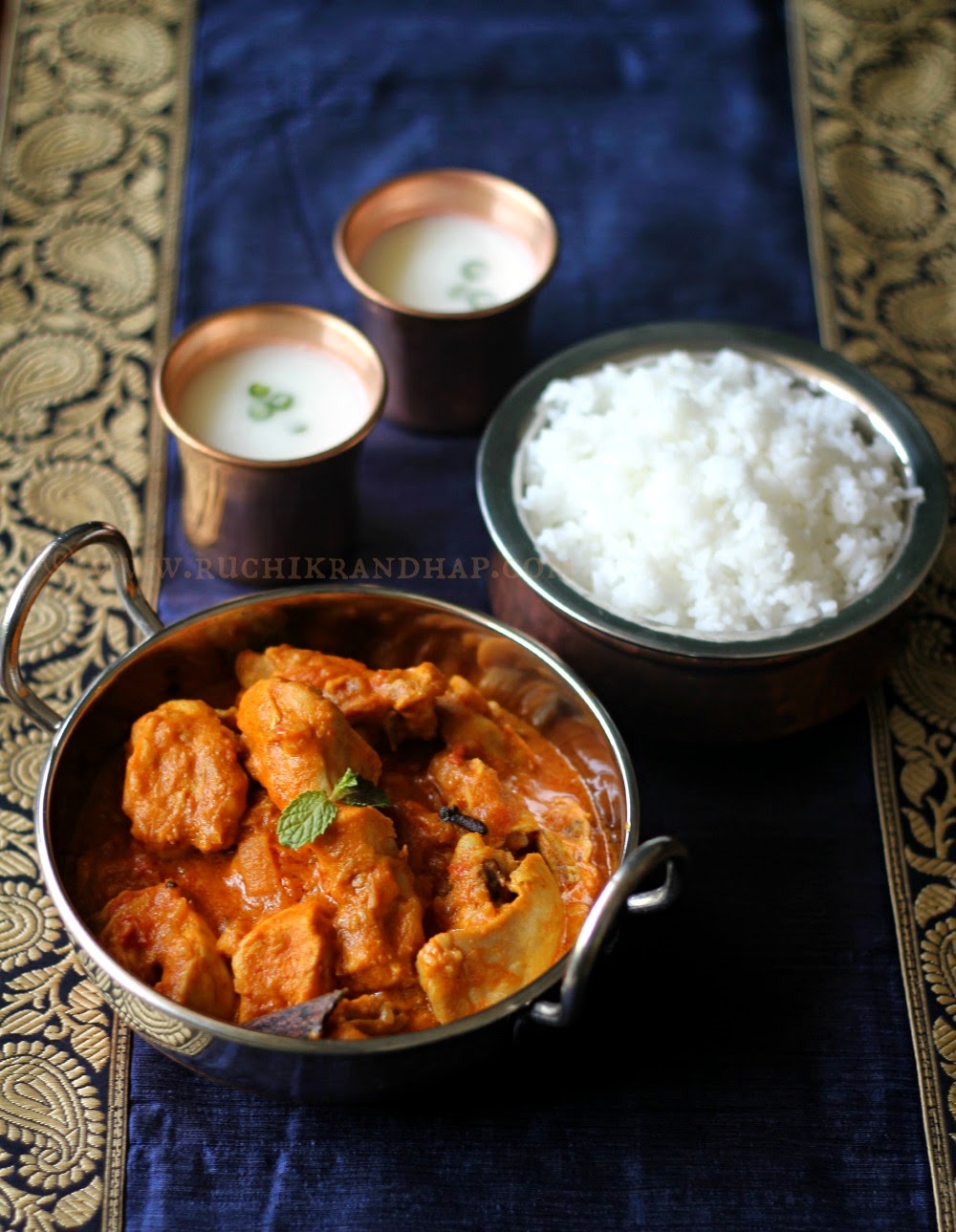%2B-%2B1.jpg)
%2B-%2B1.jpg)
%2B-%2B1.jpg)
%2B-%2B1.jpg)
%2B-%2B1.jpg)

%2B-%2B1.jpg)

%2B-%2B1.jpg)
%2B-%2B1.jpg)
%2B-%2B1.jpg)
-1.jpg)
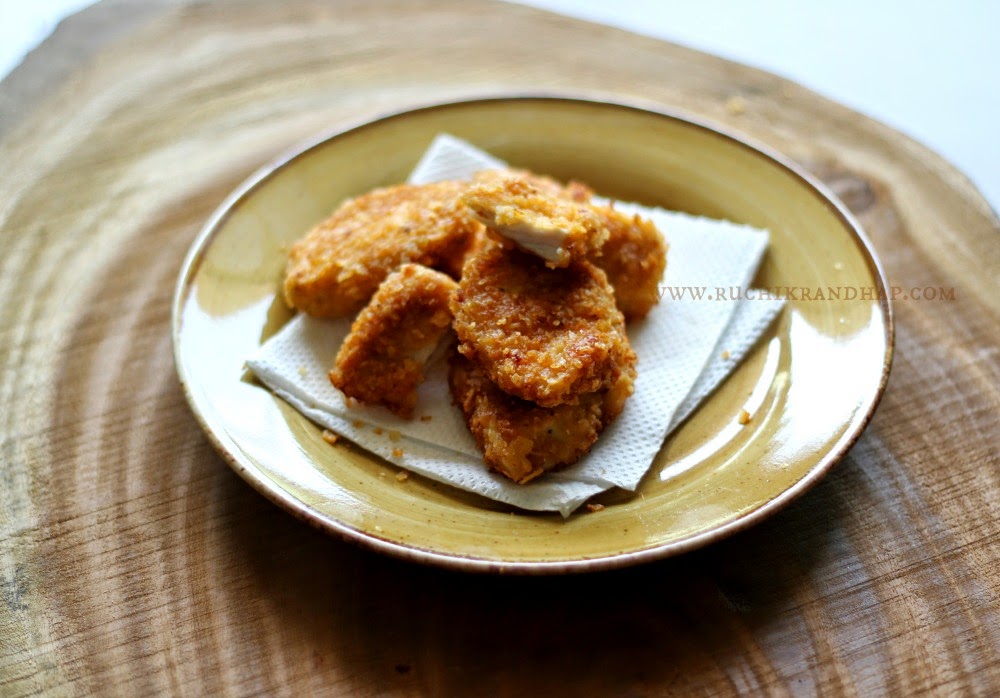
-1.jpg)
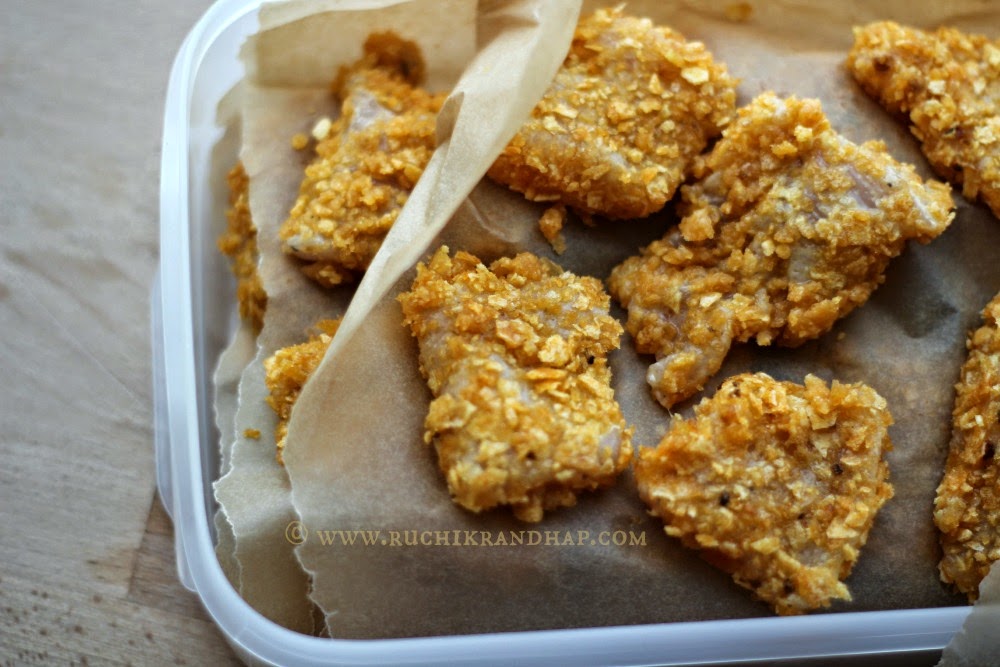-1.jpg)
%2B-%2B1.jpg)
%2B-%2B1.jpg)
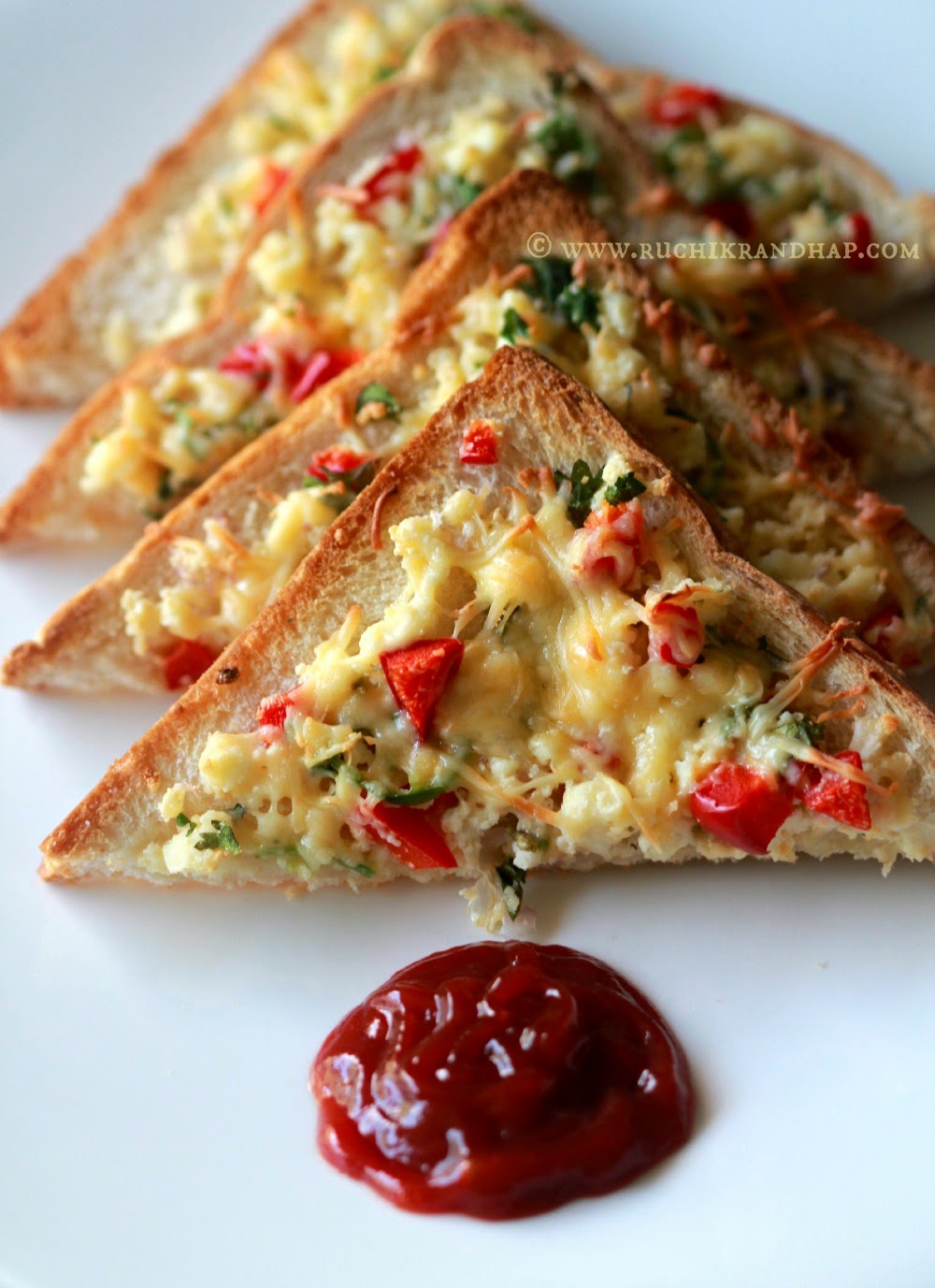%2B-%2B1.jpg)
%2B-%2B1.jpg)
%2B-%2B1.jpg)

%2B-%2B1.jpg)
%2B-%2B1.jpg)
%2B-%2B1.jpg)
%2B-%2B1.jpg)
%2B-%2B1.jpg)
%2B-%2B1.jpg)
%2B-%2B1.jpg)
%2B-%2B1.jpg)